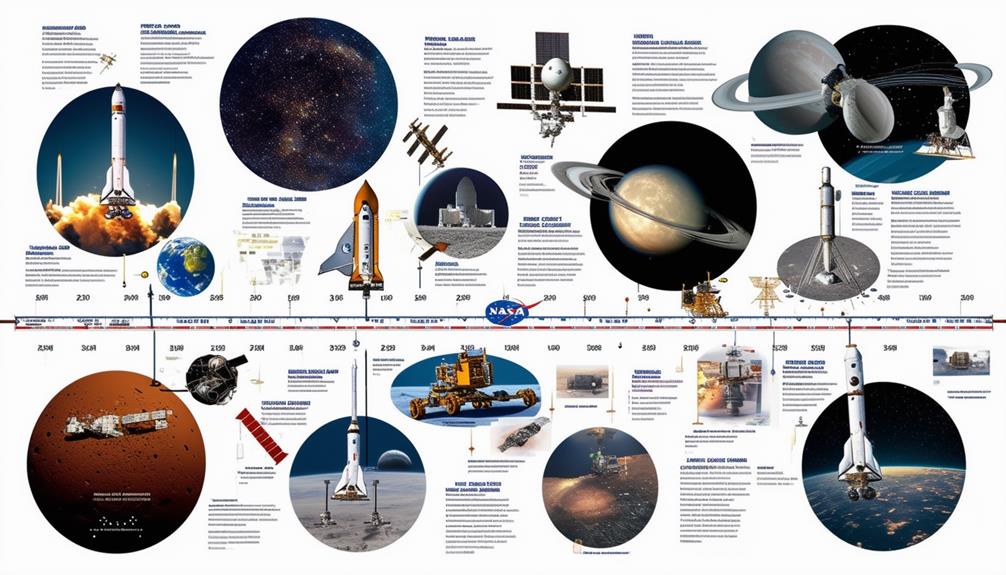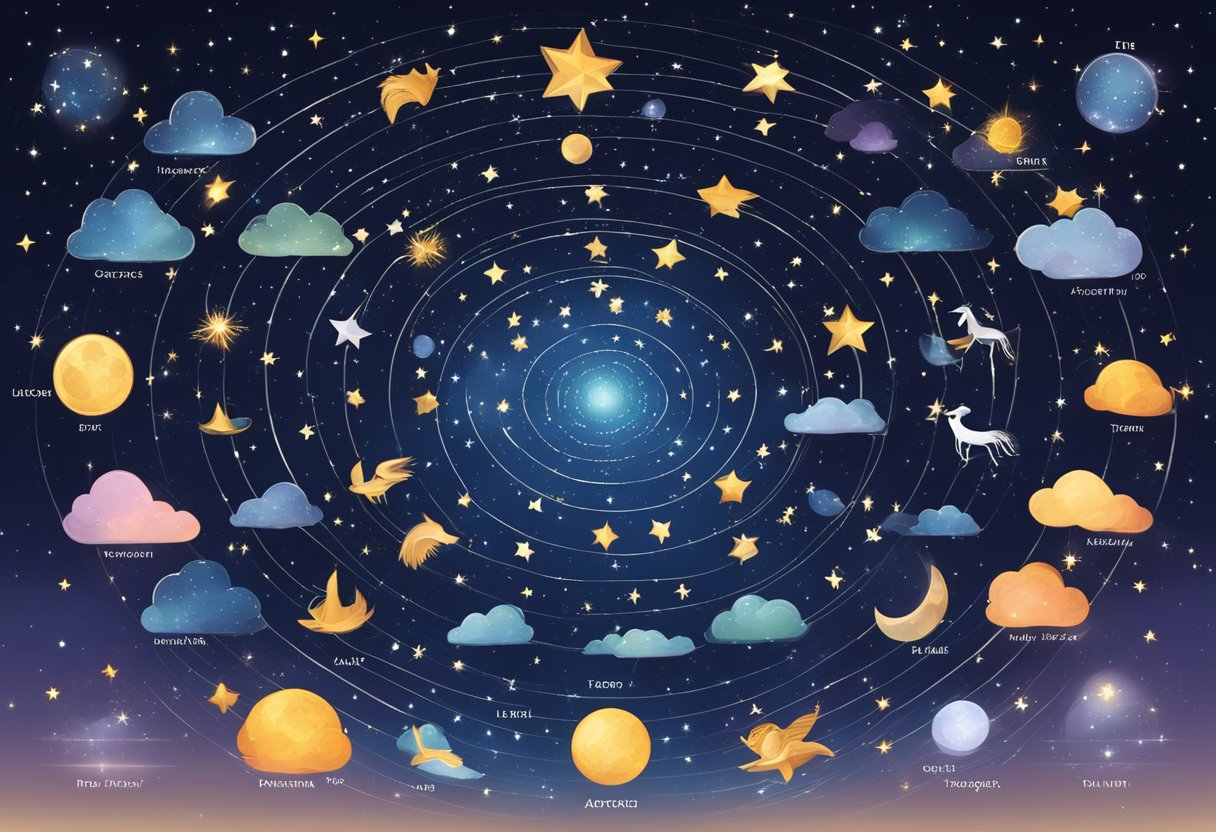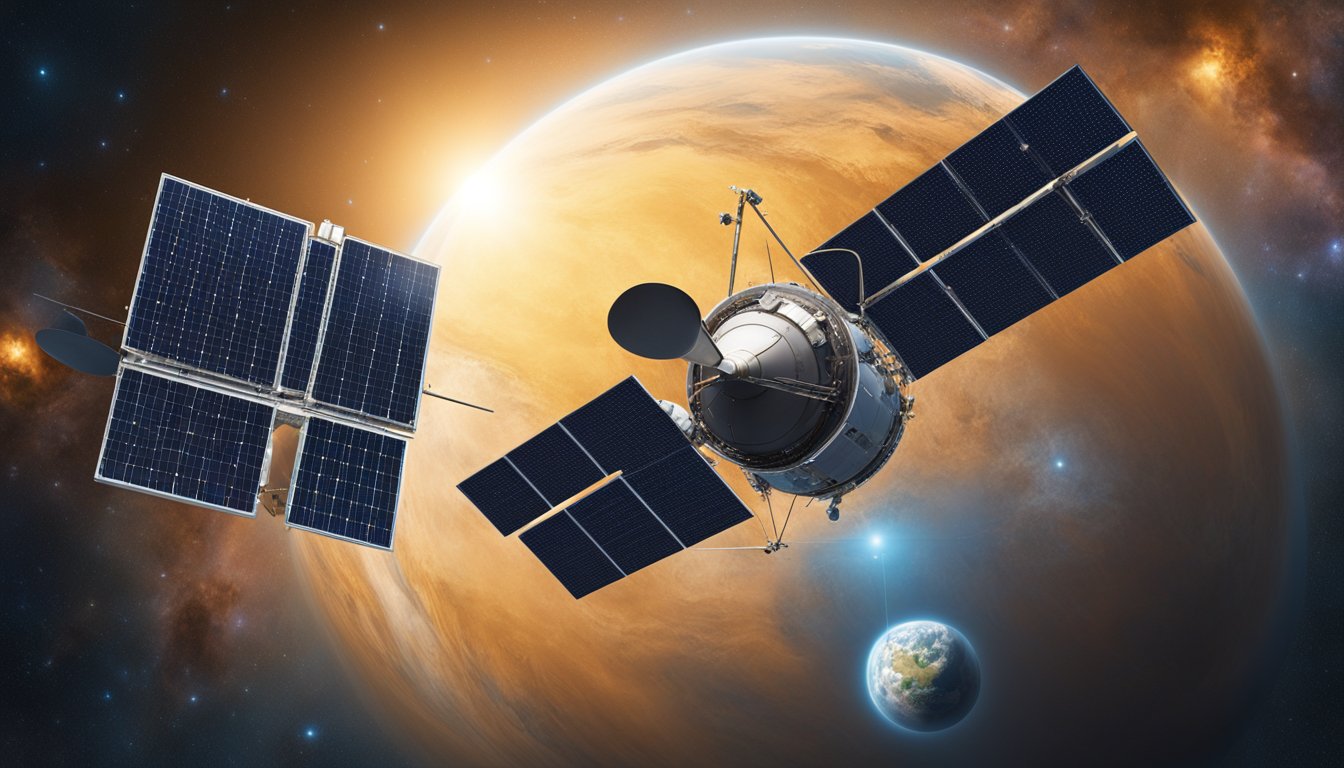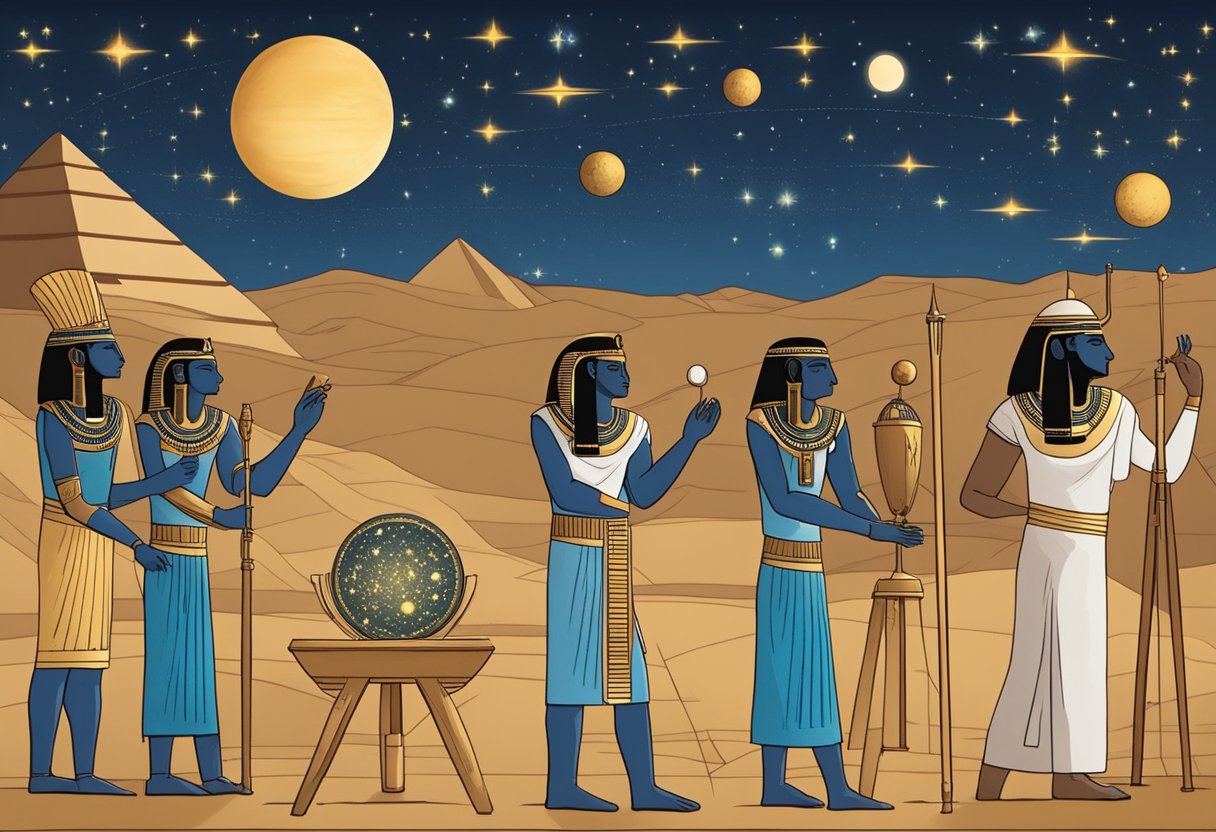The Contributions of Women Astronomers Throughout History
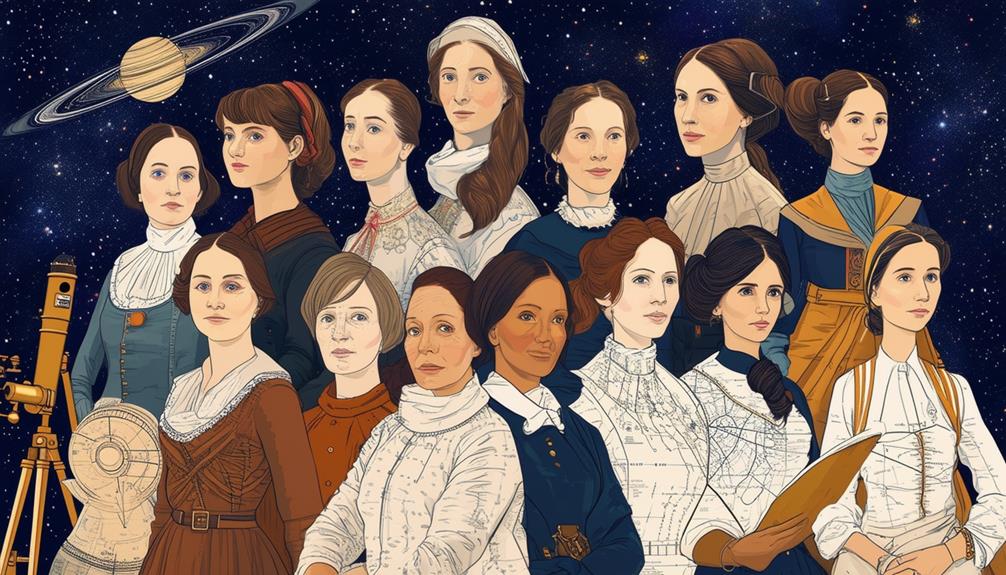
Throughout the history of astronomy, women have significantly reshaped our understanding of the cosmos.Caroline Herschel's discovery of comets and Henrietta Swan Leavitt's pioneering work on measuring cosmic distances are just a few examples of how these women broke barriers and challenged societal norms.
Their contributions go beyond their findings; they have also advocated for women's education and left a lasting legacy. These groundbreaking achievements continue to inspire modern astronomers.
What lessons can we draw from their resilience and determination in a male-dominated field?
Pioneering Women Astronomers
Throughout history, pioneering women astronomers like Caroline Herschel, Mary Somerville, Henrietta Swan Leavitt, Cecilia Payne-Gaposchkin, and Sara Seager have made groundbreaking contributions to our understanding of the cosmos. These women haven't only advanced the field of astronomy but also paved the way for future generations of scientists.
- Caroline Herschel discovered several comets and nebulae independently, making significant contributions to astronomy. Her meticulous observations and findings were among the most important of her time.
- Mary Somerville, often recognized as one of the first individuals described as a scientist in print, advocated for women's education and suffrage, highlighting the importance of scientific education for women.
- Henrietta Swan Leavitt's discovery of the period-luminosity relationship in variable stars revolutionized astronomical measurement techniques.
- Cecilia Payne-Gaposchkin proposed that stars are primarily composed of hydrogen and helium, reshaping our understanding of stellar composition. Initially met with skepticism, her theory was later validated and became a cornerstone of modern astrophysics.
- Sara Seager, a leading researcher in exoplanets, has expanded our knowledge of potentially habitable planets outside our solar system. These pioneering women astronomers have fundamentally altered our perception of the universe and continue to inspire countless others in the field.
Groundbreaking Discoveries
The groundbreaking contributions of women astronomers have fundamentally reshaped our understanding of the universe. Henrietta Leavitt's discovery of the relationship between the period and brightness of Cepheid variable stars revolutionized the measurement of cosmic distances, providing a method to determine the scale of the universe.
Caroline Herschel's detection of comets and galaxies significantly advanced observational astronomy. Her extensive cataloging of celestial objects expanded our knowledge of the night sky, demonstrating that women could excel in a field traditionally dominated by men.
Cecilia Payne-Gaposchkin's revelation that stars are primarily composed of hydrogen and helium was a transformative moment in astronomy. Her work fundamentally changed our understanding of stellar composition, challenging the prevailing theories of her time.
Mary Somerville's writings played a crucial role in popularizing Newton's ideas on gravity and planetary motion. Her ability to explain complex astronomical concepts made these theories more accessible, significantly advancing 19th-century astronomical knowledge.
Lastly, Vera Rubin's evidence for the existence of dark matter in galaxies transformed our perception of the universe's structure. By demonstrating that a significant portion of the universe's mass is invisible, she opened new avenues in cosmology and astrophysics.
Each of these findings highlights the invaluable contributions women have made to astronomy, shaping our understanding of the cosmos.
Academic Achievements
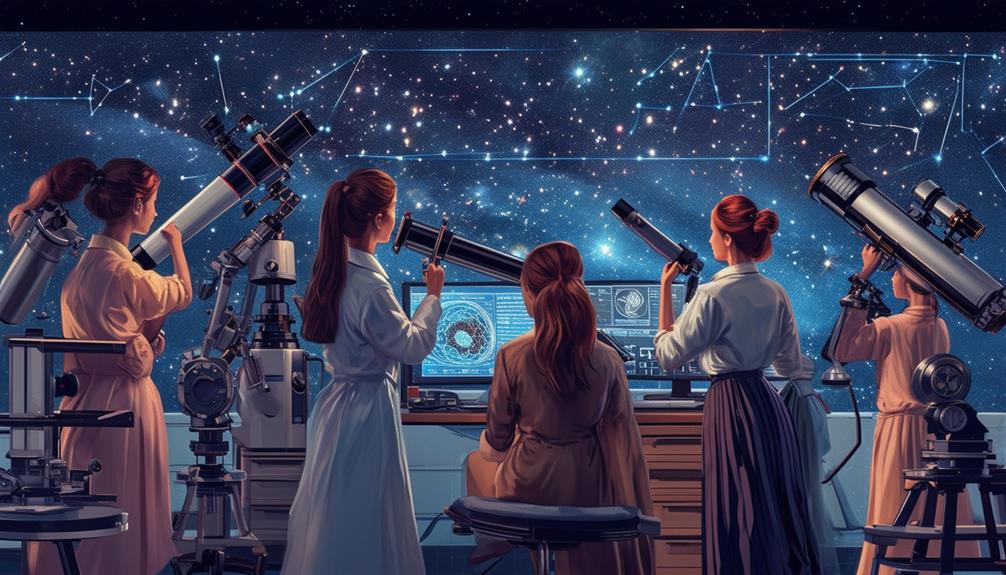
Building on their innovative findings, women astronomers have achieved remarkable academic milestones that solidified their positions as leaders in the field. Cecilia Payne-Gaposchkin and Margaret Burbidge both earned Ph.D.s in astronomy, publishing pioneering research that reshaped our understanding of the cosmos. Their academic achievements have set a high standard for aspiring astronomers.
Mary Somerville, often hailed as the first person described as a scientist in print, demonstrated her academic prowess through extensive work in astronomy. Her contributions laid the groundwork for future revelations. Williamina Fleming's significant academic contributions include developing a star classification system that remains fundamental today. Her work in categorizing stars has been pivotal for subsequent astronomical research.
Henrietta Swan Leavitt's exploration of the period-luminosity relationship in stars stands as a critical academic achievement. This finding has enabled astronomers to measure vast cosmic distances, transforming our understanding of the universe.
Annie Jump Cannon furthered this legacy by classifying over 350,000 stars, showcasing unparalleled dedication to astronomical research. Her extensive work in star categorization has left an indelible mark on the field, emphasizing the profound academic contributions of women astronomers.
Advocacy and Legacy
In advocating for gender equality in science, women astronomers like Mary Somerville and Caroline Herschel shattered societal norms and opened doors for future generations. Their pioneering work and dedication were more than personal achievements; they were acts of advocacy that created a legacy of lasting impact. By challenging the status quo, they ensured that education and opportunities in astronomy became more accessible to women.
Their perseverance and dedication were evident in their publications and recognition in a male-dominated field. These trailblazers not only advanced the science of astronomy but also inspired countless others to pursue careers in STEM. Their legacy is a testament to the power of advocacy and the importance of challenging societal norms to create a more inclusive and equitable field.
| Astronomer | Contribution |
|---|---|
| Mary Somerville | Advocated for women's education, published influential scientific works. |
| Caroline Herschel | Discovered comets, first woman to receive a salary as a scientist. |
| Both | Challenged societal norms, paved the way for future generations of female scientists. |
Understanding their contributions can inspire you to appreciate the importance of gender equality and the significant role of advocacy in creating lasting change. Their stories remind us that perseverance and dedication can transform fields and open opportunities for future generations.
Modern Trailblazers
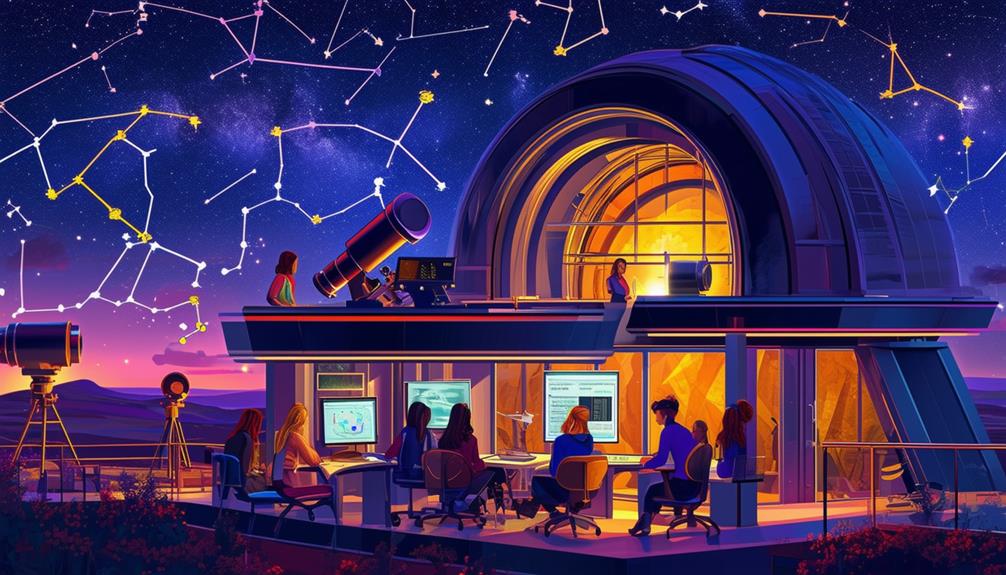
Modern pioneers like Sara Seager and Andrea Ghez are reshaping our comprehension of the cosmos with groundbreaking revelations in exoplanets and black holes. Seager's innovative advancements in the pursuit of habitable exoplanets have positioned her as a leading figure in the quest to uncover life beyond Earth. Her research has broadened our understanding of distant worlds and their potential to sustain life.
Andrea Ghez has made notable contributions to our knowledge of black holes, particularly through her identification of a supermassive black hole at the core of the Milky Way. This discovery has provided invaluable insights into these mysterious cosmic entities.
These modern trailblazers build upon the foundational work of earlier female astronomers like Annie Jump Cannon, who devised a stellar classification system, and Cecilia Payne-Gaposchkin, who determined that stars are primarily composed of hydrogen. Henrietta Leavitt's research on the period-luminosity relationship in stars enabled astronomers to accurately measure cosmic distances.
The pioneering advancements of these early astronomers have paved the way for today's female scientists. As we continue to explore the universe, we're part of a legacy of brilliant minds who continually push the boundaries of human understanding.
Conclusion
Women astronomers have significantly advanced our understanding of the universe. From pioneering discoveries to groundbreaking academic contributions, they've broken barriers and reshaped the field. Their advocacy for women's education has left a lasting legacy, inspiring future generations. Today, modern trailblazers continue to push the boundaries of knowledge.
Let their stories inspire you to contribute to the ever-expanding field of astronomical exploration.

